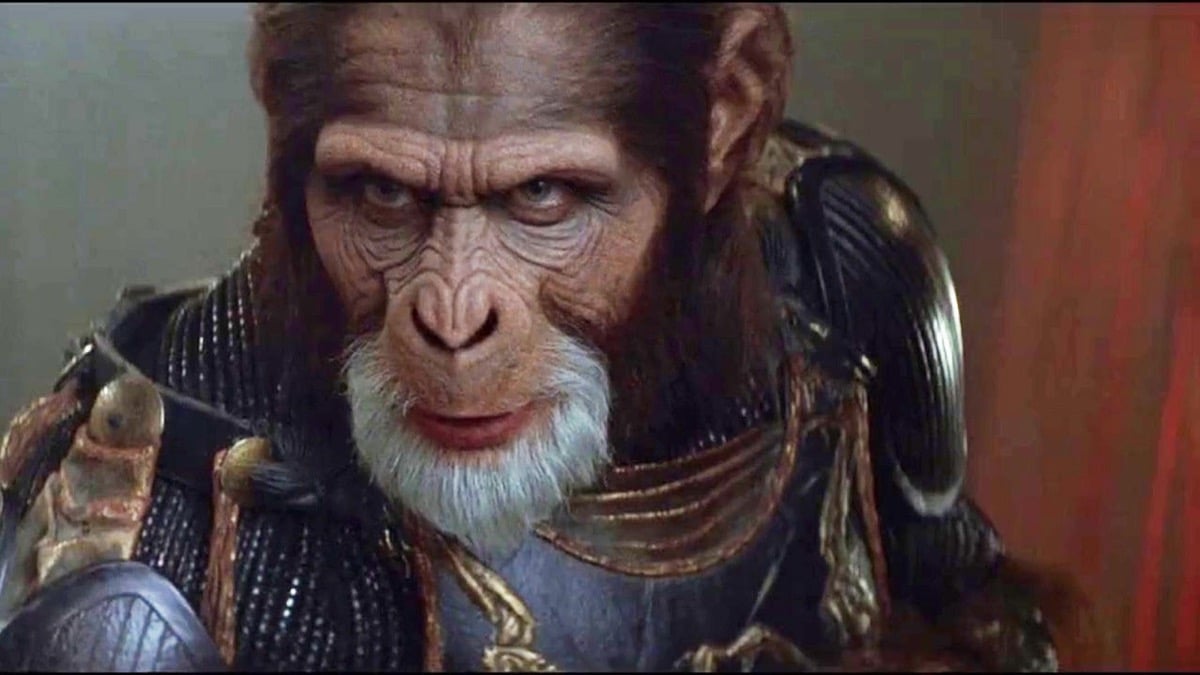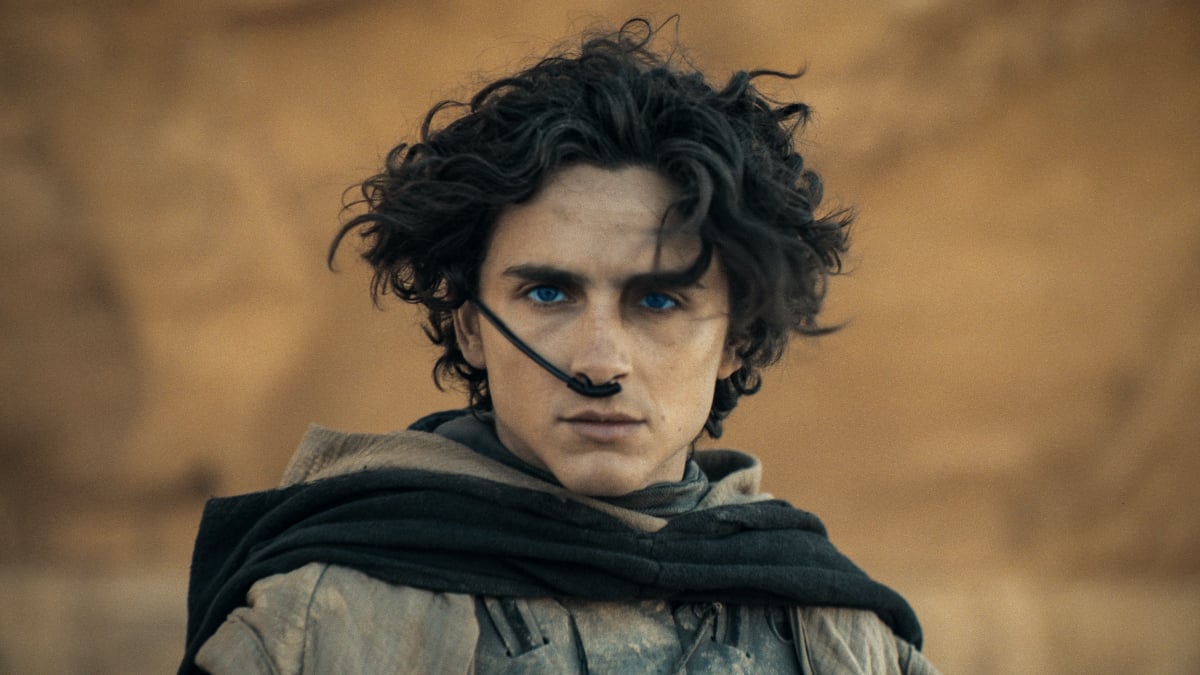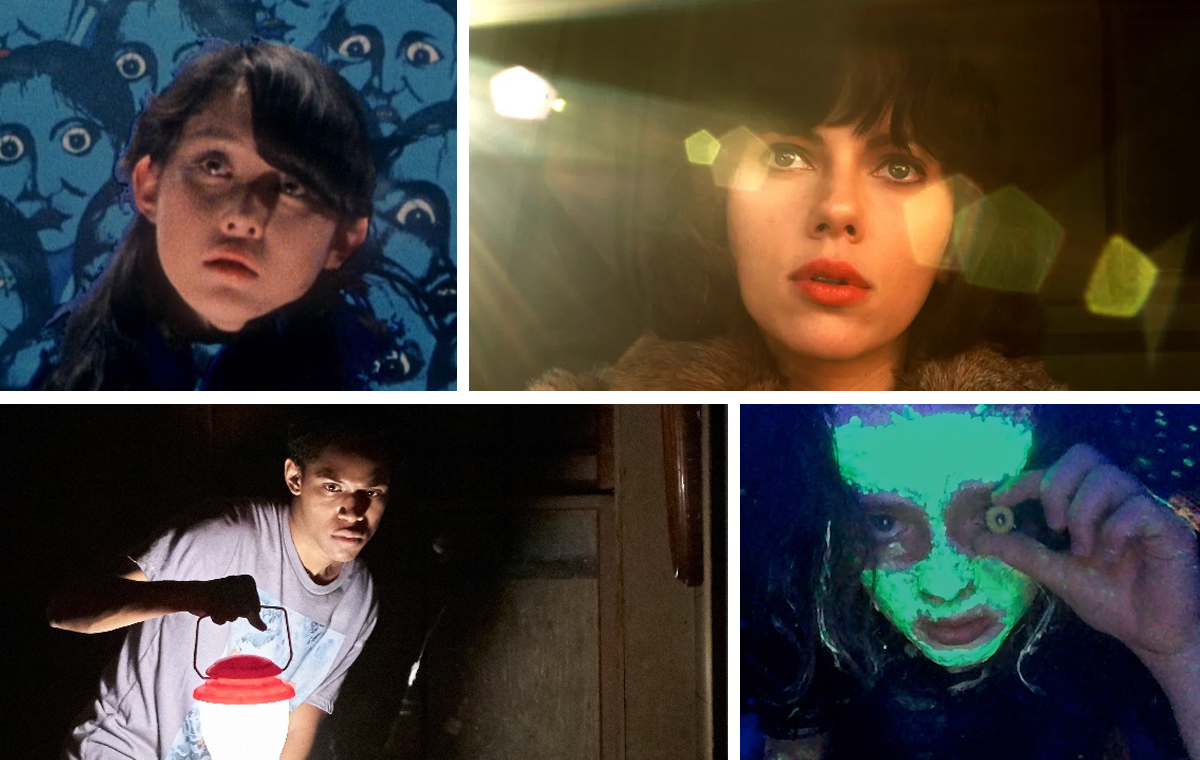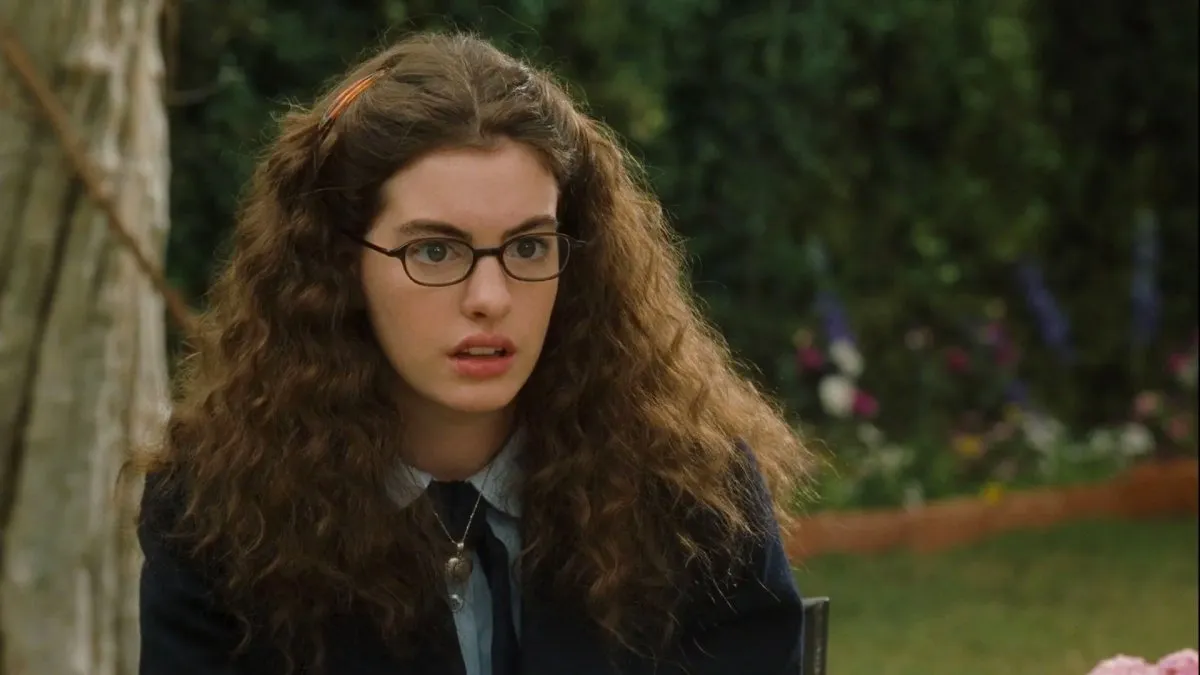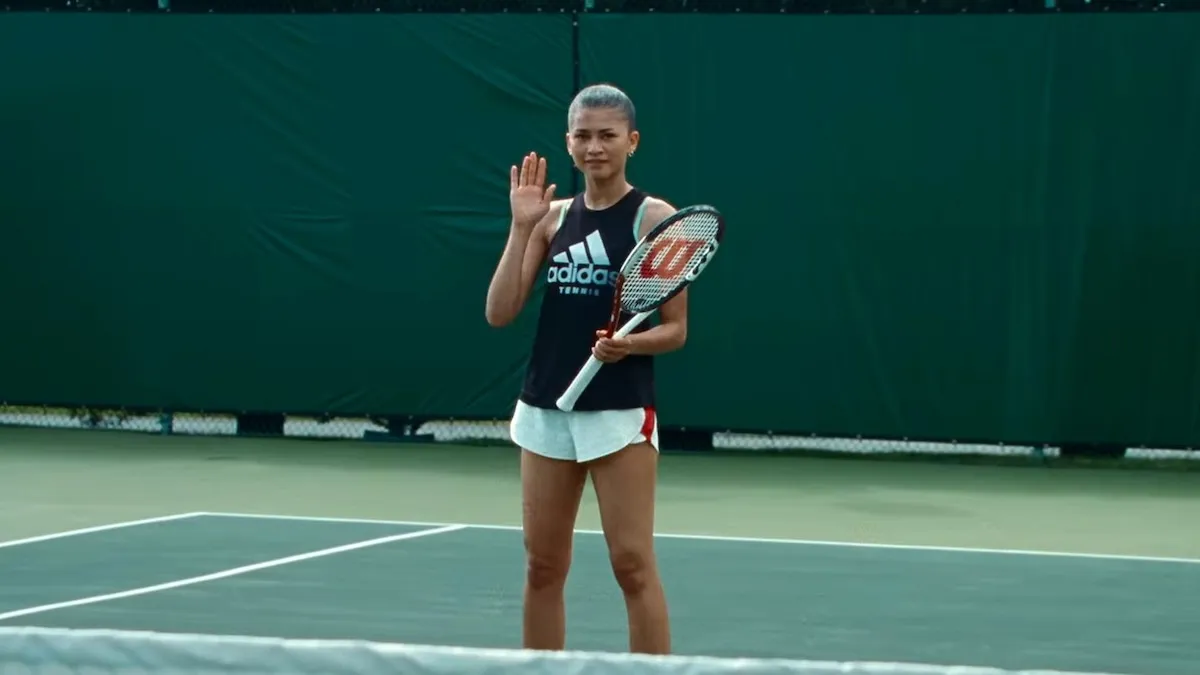While Martin Scorsese’s latest film, Killers of the Flower Moon, takes place at the turn of the 20th century and centers a very specific time in Osage history, much of the violence depicted in the film still exists today and goes beyond this one specific Indigenous group. The film highlights the longstanding problems faced by Native Americans, including a mental health crisis and the legal system’s failure to protect these communities.
Content warning: the following contains descriptions of sexual assault and self-harm.
The main story features two interlinked, ongoing struggles. That is, the legal complexities of tribal sovereignty and the crisis of missing and murdered Indigenous women (MMIW). In the story, the residents of Fairfax County murder Osage people of all genders for the purposes of stealing headrights. However, the film centers mostly women as the targets, in part because they had less autonomy over their finances and legal rights in the 1920s. Today, Native American women still face disproportionate (already high) levels of violence, missing persons cases, and unsolved murders.
A major grassroots effort to bring these disparities to light started in Canada: Missing and Murdered Indigenous Women, or MMIW. Increasingly activists extend this acronym to MMIWG2S or Missing & Murdered Indigenous Women, Girls, & Two-Spirit. This brings awareness to children and gender-nonconforming Natives (like two-spirit), who also face higher acts of violence. In the first episode of A People’s History of Native America, host Tai’ LeClaire breaks down these numbers. 80% of Indigenous women experience violence and 33% are rape survivors. Of those rapes, 86% come from non-Native men. These numbers are definitely much higher because not all acts of violence go reported. Indigenous women are murdered at a rate of 10x times the national average.
MMIWG2S and the criminal justice system
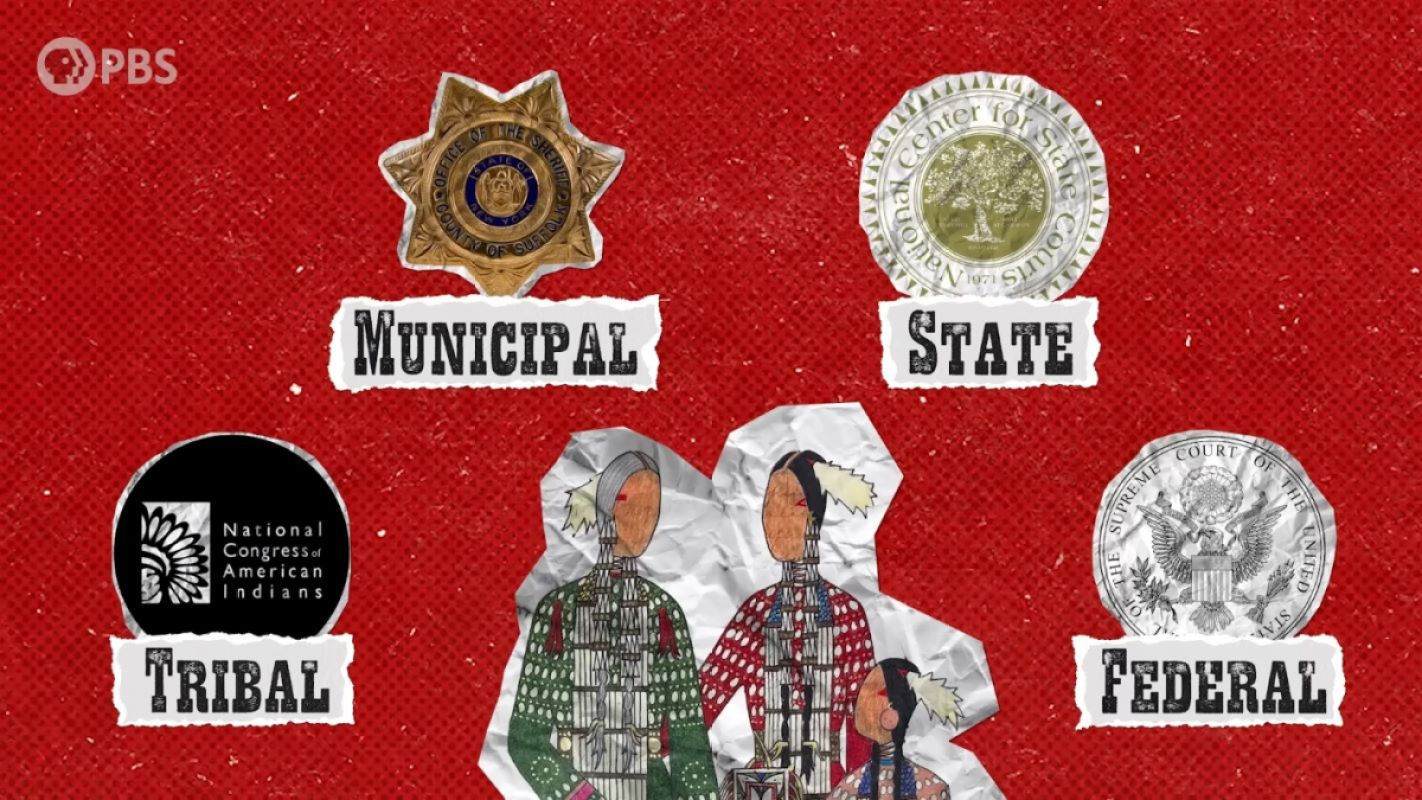
There are countless stories of MMIWG2S, and yet they rarely get national attention. Recently, Mika Westwolf has been one of the very few. In late March, a driver murdered Westwolf by hit-and-run at the Flathead Reservation in Montana. Police found the driver, Sunny Katherine White,—a woman with kids named “Aryan” and “Nation” in the car with her at the time—within 24 hours. The police waited until October 25 to charge White with anything. This came after intense public pressure campaigns and familial outcry. Mika’s story is just one contemporary case where the ties to white supremacy are so blatant.
Native Americans seeking justice through the legal system must jump through many hoops to get answers or go to trial. Where the violence is committed (reservation/federal land or state land) and by whom (tribe affiliated Native, non-affiliated Native, or non-Native) makes for a complex legal process. This process is not a matter of getting lost in the shuffle between departments. The people and tribes must work within the legal limits of each of the four major jurisdictions. This includes tribal, municipal, state, and federal.
Those Indigenous people alive to fight through the court system face racism and discrimination there, too. Still today, people do not see women, especially women of color like the Osage, as capable of telling their own stories. That’s doubly true if that truth could harm men with power granted by his race or class. The sexualization of Indigenous women in media helps downplay this violence and their voices. This goes beyond cases of sexual violence. Discrimination contributes to the higher rates of family separation and why ICWA is so important.
Substance abuse and mental health
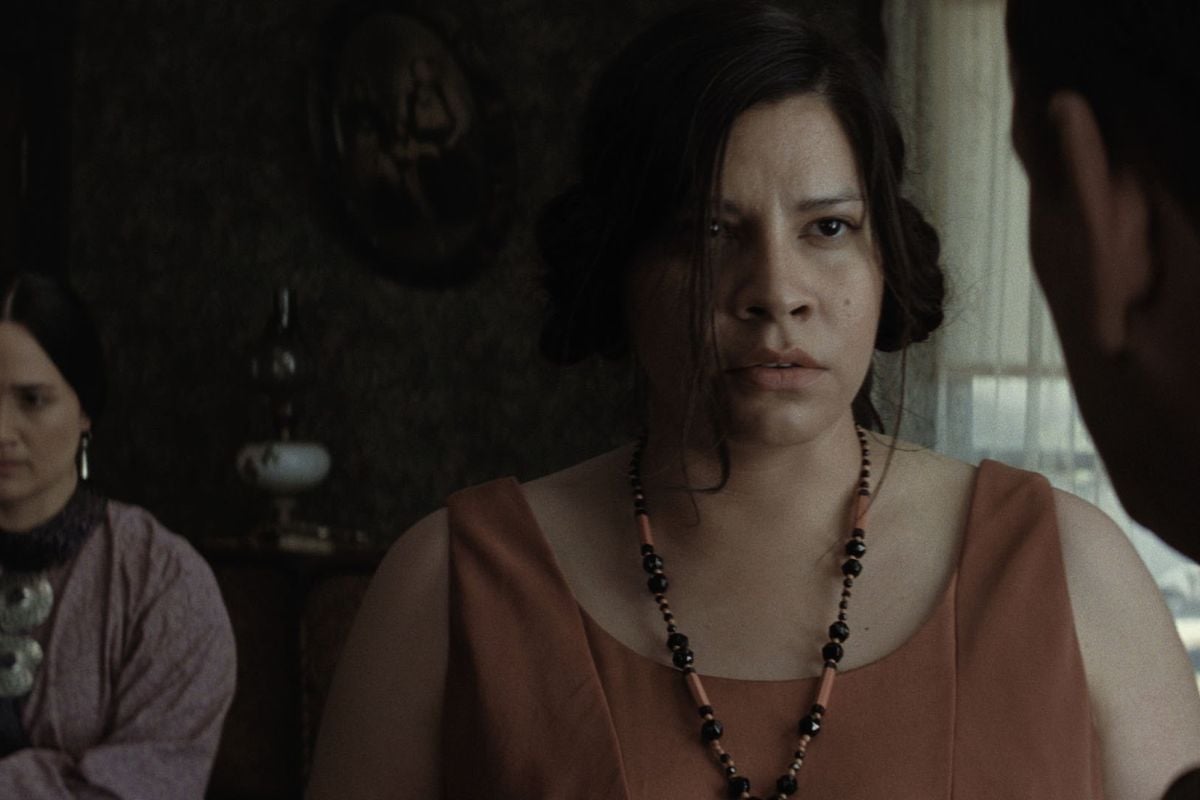
Due to systemic racism and the poverty it exacerbates, Native Americans also face a slew of physical and mental health issues. A lack of access to preventative care snowballs these issues. Like the Department of Veterans Affairs, the Indian Health Service remains very underfunded. However, even when the Osage were very financially wealthy, certain struggles still endured because of their race.
**Spoilers ahead for Killers of the Flower Moon**
In the film, Mollie’s sister Anna Brown (Cara Jade Myers), and her first husband, Henry Roan (William Belleau) struggle with addiction and depression. Showing alcoholism is tricky in a film actively seeking to do right by Indigenous people, because it’s a negative stereotype of Native Americans. The American public has often racistly blamed alcoholism as a personal moral failure for the ‘uncivilized.’ Scientists tried to back that up by saying it was in their genes. Now, it’s understood that alcoholism is linked to trauma and adverse childhood experiences like forced family separation and poverty. While the science caught up, the racist myth still persists. Addiction serves as a destabilizing force that largely benefits non-Natives. Scorsese alludes to this history by showing William encourage Henry’s addiction while simultaneously taking out a life insurance policy on him.
The film also emphasizes the pain of these characters who don’t get much screen time. Native American film critic and journalist Elias Gold touched on this for his review of the film, writing that “His performance definitely reminded me of what happens to a lot of Native men on the reservation, off the reservation who look to drinking for any type of remedy.” This behavior in the film mirrors a concept called “deaths of despair.”
These are deaths stemming from drug overdoses, suicides, and alcoholic liver diseases. Since “death of despair” was coined in 2015 studies largely focused on the rise of this among white men particularly those non-college educated and middle age. There’s no single cause, but really overlapping feelings of hopelessness regarding their economic and social situation. Then, a 2023 study out of The Lancet found that not only did this type of premature death among Native Americans increase between 1999 and 2013, but it continues to worsen. Also, despite attention to non-college educated white men, Black and Indigenous people suffer from higher rates of this type of death. Indigenous men experience deaths of despair at twice the rate of white men.
This is part of a series on Killers of the Flower Moon and the real-life struggles of Native Americans. Read part two here.
(featured image: Apple TV+)



